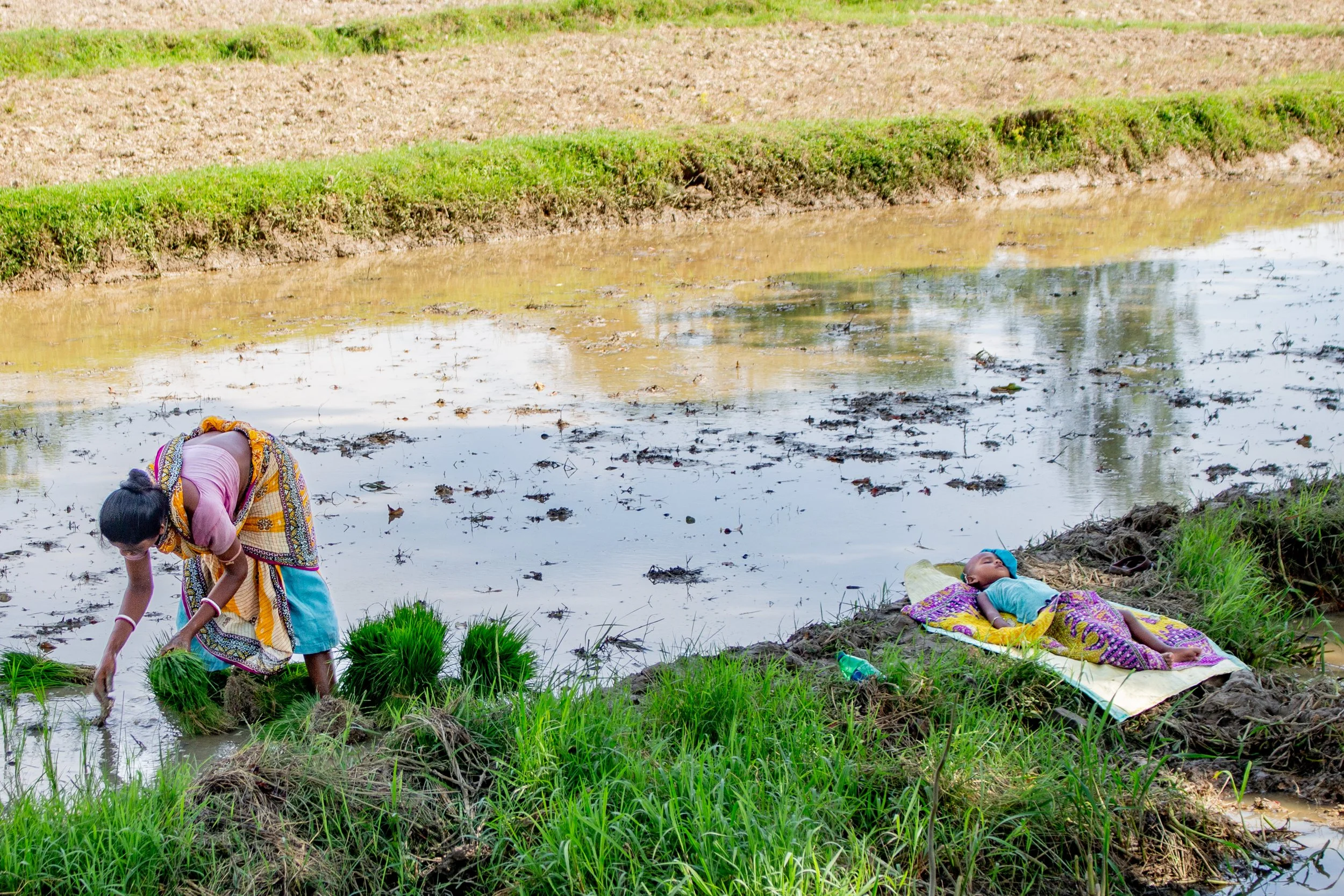still sailing my paperboats (2018)
this photo project was commissioned by save the children west bengal to capture the resilience and rebuilding efforts by villagers in malda, in the aftermath of a large flood.
in the monsoon of 2017, a flood devastated the village of Malda. samir, 13, was alone at home with his younger sister and his grandmother when rainwater began collecting in their home, ultimately submerging it. a few months later, he and his family returned from the disaster relief camp to rebuild their home. samir began learning how to weave fishing nets to sell to local fishermen for a livelihood.
malda is a small village in india, on the border of bangladesh. the effects of the flood equally affected a small sliver of land that falls squarely between the two countries and is referred to as “no man’s land”. indian border security forces refused entry to aid trucks with flood relief materials, and BSF personnel responsible for guarding the barbwire entry had vacated their post when water levels began rising. people living on no man’s land crawled through a hole in the wiring to get food and clean water from aid trucks, when possible.
villagers built a make-shift bamboo bridge in order to evacuate to higher ground. a year later, the bridge serves as a diving board for young children, who take turns jumping into a murky pool of water.
rothobala, 85, had first entered this house after being married off by her family, at age eight. nearly eight decades later, when her home flooded, her neighbors in the village helped her get to higher ground on an inflatable raft that they had received from a local aid organization.
malda is predominantly agrarian. villagers work in rice paddies, till land, and sell harvested vegetables in neighboring cities. these responsibilities are often gender segregated—women work in the rice paddies, while men tend to the land and farm. during the floods, much of the livestock did not survive.
